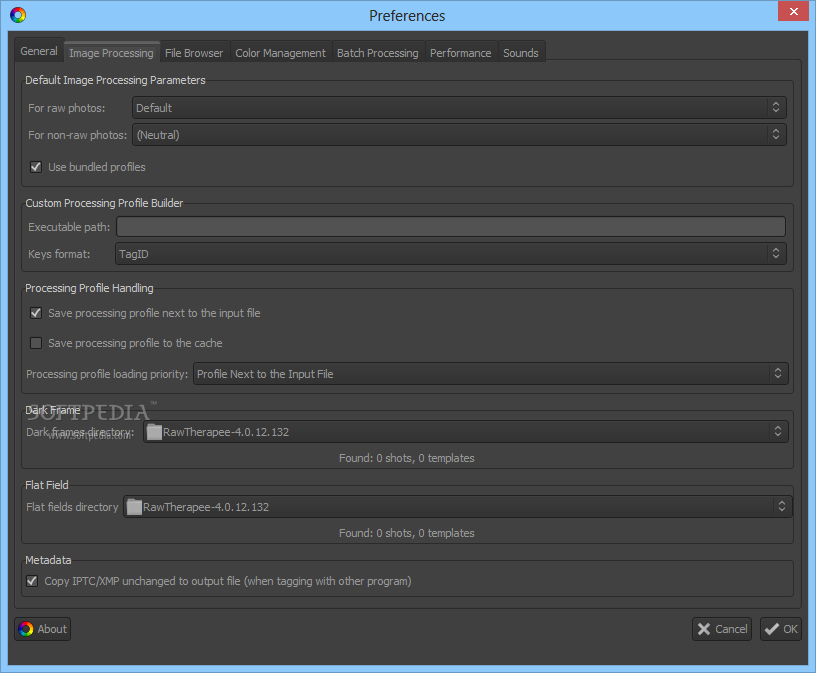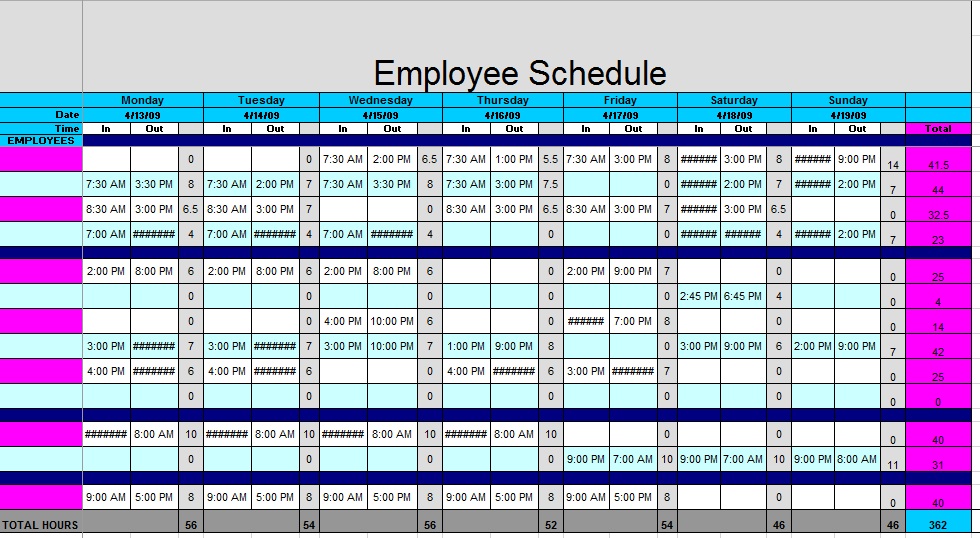


For what i know, old slide projectors had a special element between the lamp and the film to filter out infrared. Ps.: As i would also be worried about the amount of infrared that comes out of that halogen. With my Sony, i discovered that if i use the standard DCP profile, applying the Look Table helps a lot (exactly as it does for a normal digital picture) If you can’t shoot closer, there are cool features coming down the pipe, so stay tuned for next versionsįinally, try to use the specific color profile for your camera, if you have it. That’s because currently, calculations are made on the whole picture, so that border is affecting channel scaling, forcing you to use weird values for exposure and WB. I noticed you have a large border around the negative picture: try shooting closer and get a bigger negative if your lens allows. This could (maybe) also improve the artifact problem. Then check the raw histogram in RT, that one must not clip. Select the location where you want to save the converted DNG files. Select the folder of images you'd like to convert to DNG. This action automatically launches the converter. Alternatively, drag and drop individual images or a folder of images directly onto the Adobe DNG Converter icon. (There’s no use in choosing a super-sharp method since film grain is the limit here).Īlso, the source negative shot is a bit too underexposed… look at the raw histogram, see how it is heavy on low values? This is wasting bit depth without any reason, i could you try re-shooting the negative with higher exposure? You should definitely see some clipping in the in-camera preview. Launch the DNG Converter by double-clicking its icon. Anyway, trying it on this picture seems to smooth things out a bit.
#RAWTHERAPEE CONVERT NEGATIVE PC#
For PC Make sure you have GIMP installed. I remember suggesting me to use RCD, but i can’t remember why. You can drag the RawTherapee icon into your Applications folder to keep RAWTherapee handy when you need it. Most probabily, i’ll be able to use the same values with most other pictures in the same film as for the artifacts, try using RCD demosaic method.

This finds the most appropriate exponents for the picture. I picked the black stripe in the foregroud boat, and the white umbrella (…roof? what’s it called? please excuse my english :-D) on the background boat. Scan the film negative using a smartphone Edit the images on Raw Therapee Scan the film negative running VueScan/XSane on Epson Perfection 3490 flatbed scanner which is an old scanner but still working without problem. Did you use the “Pick white and black spots” tool? You are lucky with this picture, because there are plenty of spots.


 0 kommentar(er)
0 kommentar(er)
